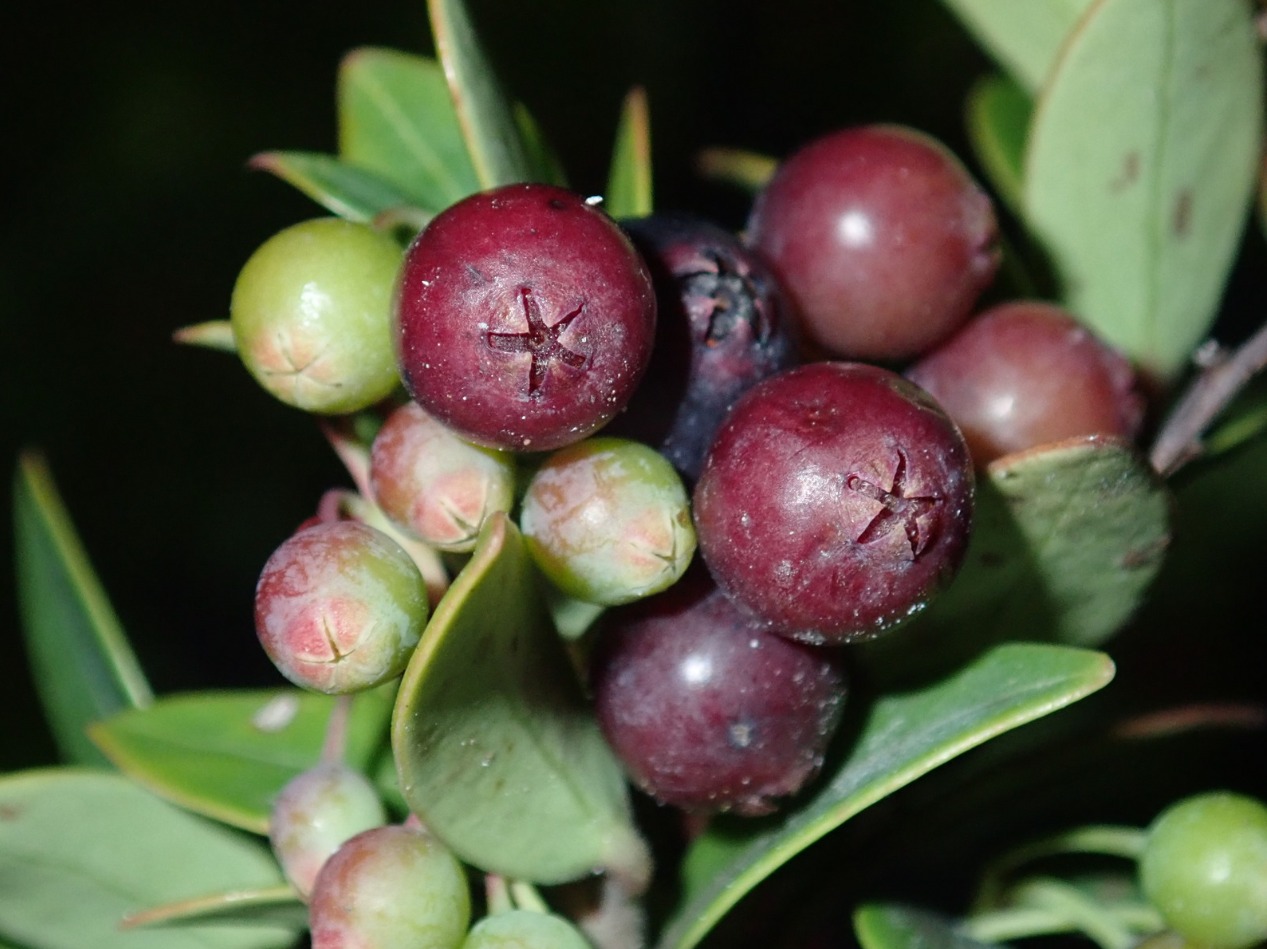
By Brian Campued
A species of blueberry plant has been discovered at Mt. Apo, the Department of Environment and Natural Resources (DENR) Davao Region announced.
Citing an article published by Phytotaxa and Magnolia Press, DENR-Davao said the new “micro-endemic tropical blueberry” is named vaccinium fallax—derived from the Latin word that means “deceptive” due to its resemblance to vaccinium myrtoides or commonly called wild berries.
Researchers described V. fallax as a shrub that reaches the height of a 2-year-old at a minimum but can also grow up to the height of an adult human.
The new blueberry plant species also “has smaller leaves, flower bracts that are easily detached, a shorter flower stalk, a floral cup that looks like an inverted cone, a flower calyx that is broadly triangular in shape, and deep pink or red urn-shaped flowers” than V. myrtoides.
V. fallax can only be found within a small portion of Mt. Apo, particularly in open areas near the summit, growing on rhyolite boulders surrounding sulfur vents.
Due to its limited distribution, the plant is recommended as a critically endangered species based on the guidelines of the International Union for the Conservation of Nature.
“The discovery of V. fallax is a testament to the crucial role of Mt. Apo’s geodiversity in shaping the endemicity and uniqueness of flora species in the Philippines’ highest point,” DENR-Davao stated.
The regional office also reminded trekkers and mountaineers to take care of the new species, along with Mt. Apo’s biodiversity.
“Constantly adhere to the ‘Leave No Trace’ principles. Take nothing but pictures, leave nothing but footprints, kill nothing but time, and bring nothing but memories,” it said.
The publication was authored by plant taxonomists led by Filipino researcher Maverick Tamayo and Texas-based researcher Peter Fritsch in collaboration with researchers from the Central Mindanao University, the National Museum of the Philippines, and the University of North Carolina-Wilmington.
—iro
